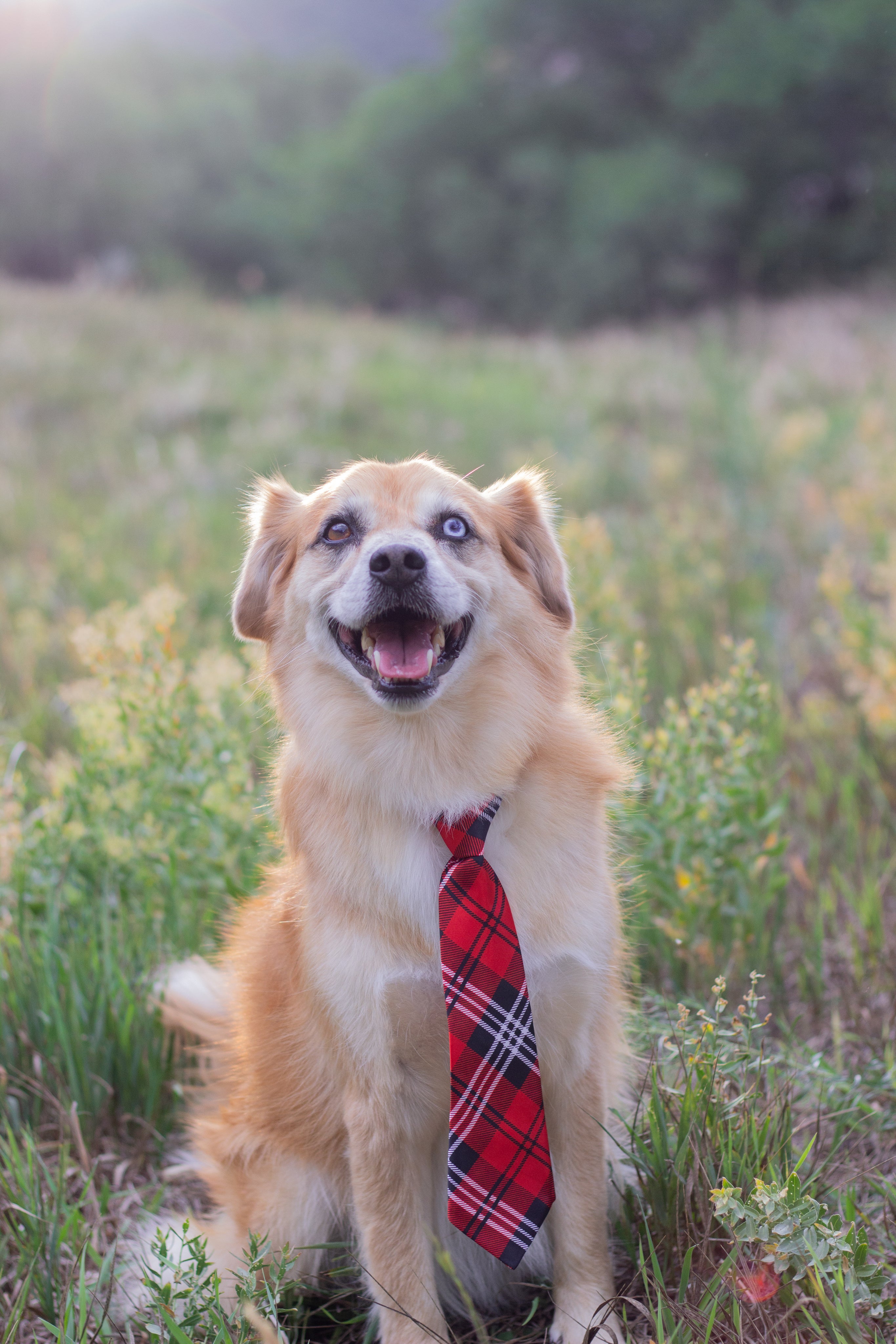Pets are not our whole life, but they make our lives whole.
Roger Caras
Tail Talk
-
Up and Wagging: A raised tail with a wagging motion generally signifies happiness and excitement. Dogs, in particular, use this gesture to express joy and anticipation.
- Tucked Between Legs: On the contrary, a tail tucked between the legs can signal fear or submission. It's crucial to recognize when your pet is feeling vulnerable to provide comfort and reassurance.
Ear Expressions
- Perked Up: Ears standing upright usually mean your pet is alert and engaged. This is often seen in curious or excited moments.
- Pinned Back: Pinned-back ears can indicate fear, aggression, or discomfort. Understanding this sign can help you assess the situation and respond appropriately.
Eye Contact
- Soft and Blinking: Soft, slow blinking from your cat is a sign of trust and affection. Returning the gesture can strengthen your bond.
- Staring Intently: A direct and unwavering stare, especially in dogs, can be a sign of dominance or a challenge. It's essential to be aware of the context and your pet's overall body language.
Posture Speaks Volumes
- Arched Back: Cats arch their backs to appear larger, expressing fear or defensiveness. Understanding this can prevent unwanted confrontations.
- Rolling Over: While a dog rolling over might seem like an invitation for a belly rub, it can also be a sign of submission. Pay attention to other cues to gauge their comfort level.
Vocal Clues
- Purring: While cats often purr when content, they may also purr when injured or in pain. Understanding the context is crucial to provide the right care.
- Growling or Hissing: These are clear signs of distress or aggression. It's essential to give your pet space and assess the situation for potential triggers.
Grooming Habits
- Excessive Licking: Dogs may lick to show affection, but excessive licking can also be a sign of anxiety. Cats, on the other hand, may groom excessively when stressed.
Our pets may not speak our language, but their body language serves as a rich and nuanced means of communication. By paying attention to the subtle cues they provide, we can better understand their emotions, needs, and desires. This deeper understanding fosters a stronger bond between pet and owner, ensuring a happier and healthier life for our beloved companions. So, the next time your pet "speaks" to you through their body language, take a moment to listen and respond with love and understanding.




